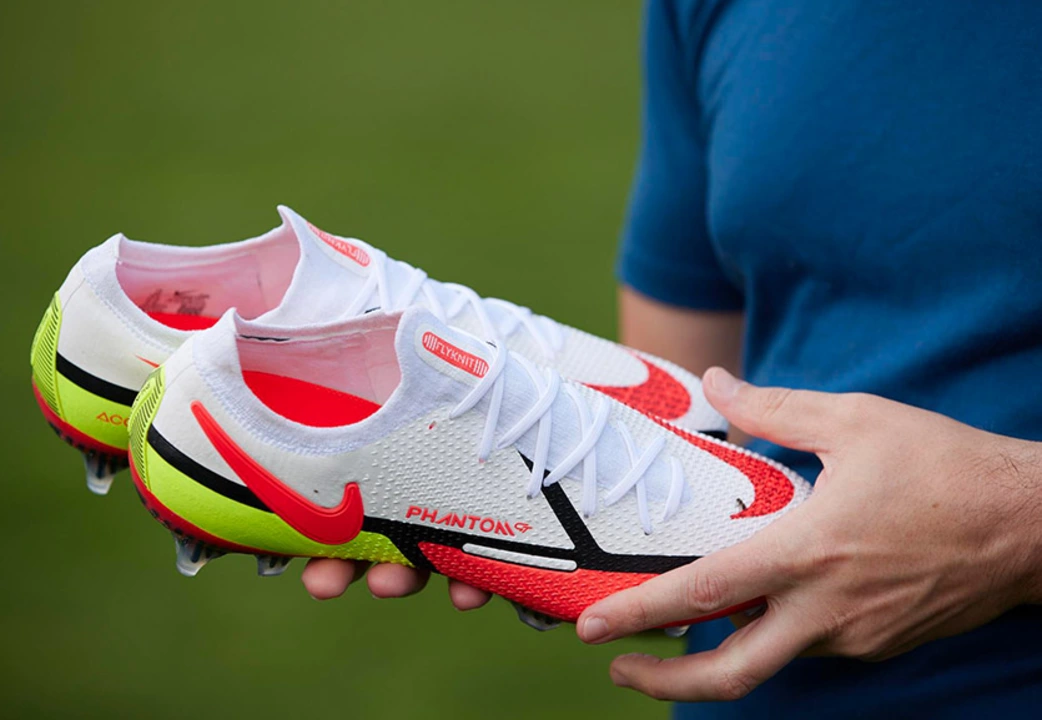Defenders in Soccer: What They Do and How to Play Them
When you watch a match, the first thing you notice is the team that keeps the ball out of its own net. Those are the defenders, and they are the backbone of any successful side. Whether you’re a player trying to get better at the back line or a fan who wants to understand the game deeper, this guide breaks down the essentials of defending in soccer.
Basic Defender Roles
Defenders come in three main flavors: centre‑backs, full‑backs, and wing‑backs. Centre‑backs stay in the middle of the defence, clear long balls, and mark the opponent’s strikers. Full‑backs sit on the left and right flanks, stopping cross‑ers and often joining attacks down the wing. Wing‑backs are a hybrid – they have the attacking mindset of a winger but still carry the defensive duties of a full‑back.
Each role requires a different skill set. Centre‑backs need strength, good heading, and the ability to read the game. Full‑backs rely on speed, stamina, and solid one‑on‑one defending. Wing‑backs must be comfortable sprinting up and down the line while keeping an eye on the opposing winger.
Key Defensive Tactics
Good defending isn’t just about tackling; it’s about positioning and teamwork. The most common shape is the four‑man back line, which keeps the defense compact and makes it harder for opponents to find gaps. When the ball moves to one side, the defenders shift as a unit, keeping the line tight and forcing the attacker to go through multiple layers.
Another tactic is the off‑side trap. By stepping forward together, the defensive line catches the striker out of position, resulting in an automatic out‑of‑bounds call. Pull this off only when you’re sure the whole line moves at the same time – a missed step can leave the striker with a clear shot.
Pressing is also vital. When a forward receives the ball near the box, defenders should close the space quickly, limiting the time the attacker has to turn or pass. A quick step‑in combined with a well‑timed tackle can win the ball back before the other team builds momentum.
Beyond tactics, communication is the glue that holds a defence together. A simple "man on" or "cover" shouted loudly can prevent confusion and ensure every opponent is marked. Even experienced professionals rely on constant chatter to stay synchronized.
For players looking to improve, start with the basics: practice heading, work on your first‑touch under pressure, and train your sprint intervals. Drills that simulate one‑on‑one situations help you learn when to stay on your feet and when to go for a clean tackle.
Remember, good defenders stay calm under pressure. If you panic and rush into a tackle, you risk a foul or a missed chance to clear the ball. Instead, keep your eyes on the ball, assess the opponent’s movement, and choose the safest option – block, intercept, or slide only when necessary.
Defending is a blend of physical skill, smart positioning, and clear communication. Master these pieces, and you’ll become a reliable back‑line player who can keep the net clean and help your team win games.
What are the best soccer cleats for defenders?
In my search for the best soccer cleats for defenders, I've found that comfort, support, and durability are key factors to consider. Some top choices include the Adidas Predator, Nike Tiempo Legend, and Puma Future. These cleats offer excellent traction on various surfaces, allowing defenders to change direction quickly and efficiently. Additionally, they provide the necessary support and stability for long-lasting performance. Ultimately, the best cleats for defenders will depend on personal preferences, but these options are a great starting point for achieving success on the field.
